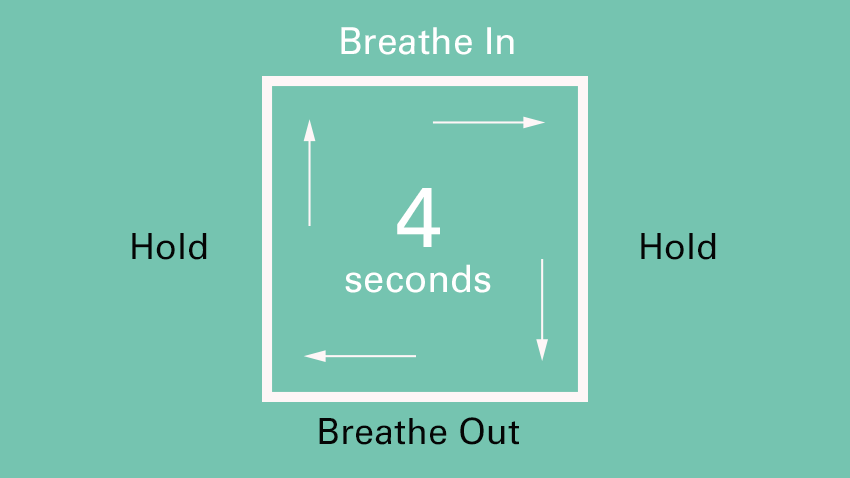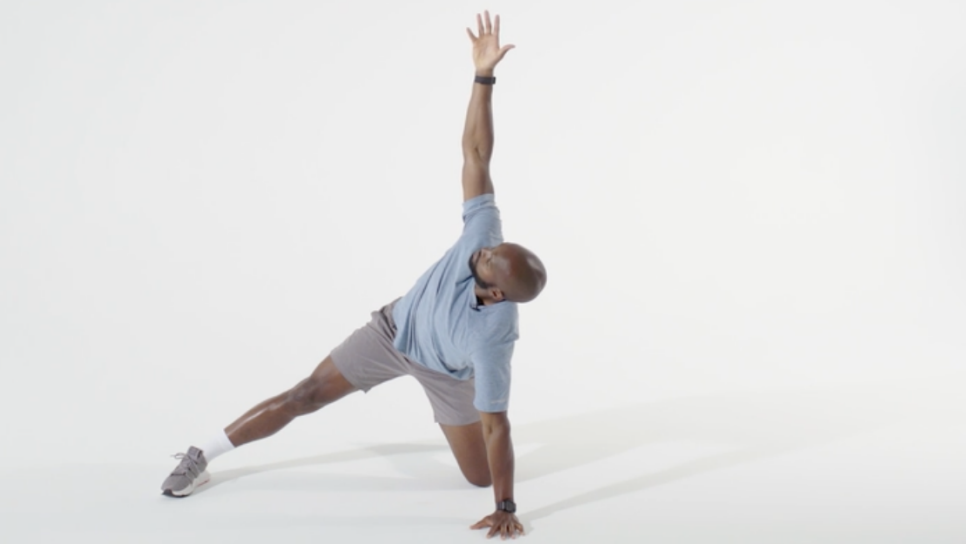I always play my best when I’m paired with golfers who are better than me. Watching their technique, strategy and execution gives me a glimpse into what’s working for them and I always end up stealing something from their game by the end of the round.
So when I saw that Ben Hadden, a pro golfer I follow on Instagram, shared a thread analyzing why his handicap dropped from a +7 to a +2, I figured I could reverse engineer his faults and turn them into a learning opportunity for myself–and potentially other golfers.
Post by @benhaddengolf View on Threads
In the Instagram Thread Hadden outlines nine keys that contributed to his game, for a lack of better words, getting worse. Most of his ‘faults’ were linked to his practice, strategy and mental game. And I found myself relating more to his problems than I thought I would and you might too. So let’s take a look to see what we can steal from this pro’s insightful self analysis.
1. TRACK YOUR STATS
One reason Hadden’s game suffered this past season was because he hadn’t been tracking his stats.
“I’m pretty much guaranteeing I’m gonna work on the wrong stuff if I don’t diligently track what parts of my game cost me shots,” Hadden says,“What I feel like sucks and what actually sucks are likely two different things. What gets measured gets managed.”
Something every golfer can relate to and learn from. Without the proof or data, you can’t be positive that what you’re practicing is what’s costing you strokes on the course. Tracking stats will give you that extra reassurance and a complete view of your game so you know what to work on during your practice sessions.
Five numbers you should be tracking in your game
A great way to start is to track fairways hit, greens hit, and the number of putts you have, just like Golf Digest Best Young Teacher Cathy Kim demonstrates here. To scale it up a bit, you can also track direction and distance by simply marking if the shot was left, right, short or long of the target. And if you want to get really detailed, you can log the distance of your putts.
2. STRUCTURE YOUR PRACTICE 
Petri Oeschger
When Hadden stopped tracking his stats he also lost sight of what he needed to work on. His once focused and efficient practice sessions turned into hours of pounding rage balls aimlessly—something most of us are guilty of.
“I used to take 10 minutes to evaluate what needed work, and built a practice routine that was efficient and effective,” Hadden says.
Having a practice plan allowed Hadden to be more productive in a shorter amount of time. While he notes that his more recent practice sessions were longer and less effective.
As you get to know your game through tracking stats, you can figure out what areas need the most help and even find a teacher near you if you want to get more technical. But if you’re looking for a little inspiration for a go-to range routine you can use right now, try this 20-20-20 range rule from Tony Ruggiero, one of our Golf Digest Top 50 coaches.
3. SPEND TIME ON YOUR MENTAL GAME
While it might seem like the mental game is something great players naturally have, Hadden says it’s a skill you have to practice just like anything else in your game.
“Blocking everything out for a golf shot is difficult. Back when I was able to do it, I spent at least 10 minutes a day meditating,” Hadden says.
Working on your mental game will help you stay calm throughout your rounds, perform better under pressure and bounce back faster after a tough hole. A great way to dip your toe into the mental side of golf is to focus on your breathing and one of the easiest ways to do that is through box breathing. It’s simple. Breathe in for four counts, then hold for four, then exhale for four, then hold for four. Rinse and repeat. The graphic below should help.

1 Percent Challenge: This meditation exercise is the key to lower stress—and scores
4. PLAY MORE
Hadden says that playing is the best way to learn to score on the course. By opting for long range sessions instead of on-course practice, Hadden felt like he’d lost the flow of his game a bit.
The same can be said for us average joes. The best way to develop your feel and improve your touch is to play. This golf season, try to split your time between the range and the course. The more time you spend on the course, the more you’ll get to know your game and boost your ability to scramble and score.
Find a course near you with Golf Digest Places to Play
5. FOCUS ON FEEL, STOP WORRYING ABOUT TECHNIQUE
I think this is a great point that’s often overlooked by average golfers because they think their swing needs to be ‘perfect’ in order to shoot low scores. In reality, some of the best golfers I know have a less than perfect swing, but they’ve figured out how to make it work for them and spent more time on key shots that took their game from good to great.
Once you’re able to produce a predictable ball flight, your time will be better spent around the green or developing your on-course strategy.
Plus, when you stop tinkering, you allow yourself to get comfortable with every part of your swing and the move will become second nature. Having that muscle memory will actually free up your mind because you’re no longer worrying about getting into the proper positioning, which will allow you to be more creative with your strategy and shot selection on the course.
6. HAVE A GOLF-FITNESS ROUTINE 
Hadden says while he was focused on fitness, the mistake he made was leaving golf specific exercises out of his routines completely. He focused strictly on lifting heavy and says that’s what caused him to lose his mobility and balance.
It’s incredibly important for golfers to develop their mobility, rotation and balance. That’s what allows us to sequence our swing properly, generate speed and to do it over and over again without getting hurt.
Thinking about starting to workout for golf? Start here
7. ADJUST YOUR EXPECTATIONS
“I just don’t think people realize how much time and effort goes into being a great player. It’s a full time job,” Hadden says.
This might sound discouraging if you’re someone who’s just started playing or only a few years in, but Hadden’s words of wisdom should actually give you some relief.
Many golfers, myself included, have incredibly high expectations for themselves when they pick up the game. They compare themselves to their friends who have 10 years of playing experience on them and wonder why they aren’t as good. The simple answer is that it takes time.
Like Hadden says, many great golfers are great because they’ve dedicated hours to their game. If you’re not someone who can practice for 4 hours a day, don’t expect yourself to perform like you do when you’re out on the course.
By adjusting your expectations, you’ll allow yourself to celebrate the little wins and have more fun during your rounds.
8. HAVE A BIG EVENT TO LOOK FORWARD TO
It could be as big as a USGA qualifier or as small as an annual buddie’s scramble event, but having something on the calendar for you to look forward to is a great motivator during your golf season.
The workingman’s 30-day guide to cramming for your biggest event
Practicing without a finish line in the distance can become monotonous and boring. You might even feel yourself giving up during your regular weekend rounds, afterall they don’t count for anything. But, scheduling a couple events during your season will keep your game sharp and could even be the cure to your mid-season slump.
9. STAY POSITIVE
Hadden says negative self-talk was the biggest reason his game took a dive and there’s a good chance it’s holding you back too.
Most golfers hear advice about staying positive on the course and assume that they need to go all the way to the other end of the spectrum, but that’s not the case. Being positive isn’t about being happy after a bad shot, it’s about remembering the good moments instead of harping on your mistakes.
A good way to practice being more positive on the course is to evaluate the process, not the result. Golf Digest 50 Best Teachers Pia Nilsson and Lynn Marriott say that this helps you rewire your brain to store positive memories from the course, instead of negative ones. An example of this is identifying that you should’ve kept your speed through the finish on a chip, not that you left it short.
“If I practice reminding myself of good shots and what I do when I hit good shots, it’s going to be easier to do those things more often,” Nilsson says.
This article was originally published on golfdigest.com



